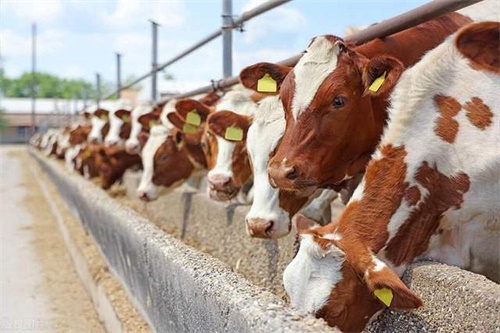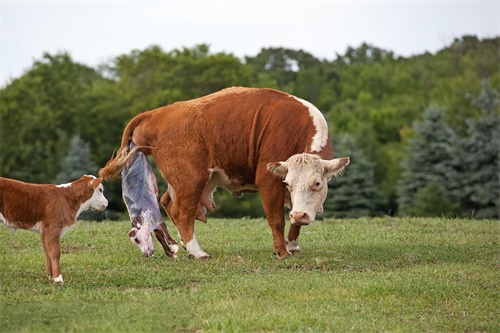How Do Hidden Uterine Problems Lower Conception Rates in Cows?
Many farmers face the frustration of repeated unsuccessful breedings in their cows. While poor heat detection and nutrition are common culprits, hidden uterine problems often go unnoticed. These conditions are not always visible to the eye, but they have a significant impact on conception rates and long-term herd fertility. Understanding these hidden challenges is key to improving reproductive performance.

Why the Uterus Matters for Fertility
The uterus is not only a site for embryo implantation but also a protective environment for early development. If the uterine lining is inflamed, infected, or structurally abnormal, the embryo struggles to survive. Even if fertilization occurs, the cow may experience early embryonic death, leading to silent infertility.
Types of Hidden Uterine Problems
Some uterine conditions are subclinical, meaning they cannot be seen externally but still harm fertility. Others may be mild and escape the farmer’s notice. Below is a table summarizing common hidden uterine issues:
| Uterine Condition | Impact on Fertility |
|---|---|
| Subclinical Endometritis | Delays conception and reduces embryo survival |
| Retained Placenta Residue | Harbors bacteria, leading to chronic inflammation |
| Uterine Adhesions | Interferes with embryo implantation |
| Fluid Accumulation | Creates a hostile environment for sperm and embryos |
| Cystic Changes in the Endometrium | Disrupts normal uterine function and embryo nutrition |
How Farmers Can Detect Hidden Issues
-
Regular Veterinary Checks: Routine ultrasound exams can reveal abnormalities invisible to the naked eye.
-
Post-Calving Monitoring: Cows with difficult calving or retained placenta should receive extra reproductive health checks.
-
Rebreeding History Review: If a cow fails to conceive after multiple breedings, uterine health should be investigated.
-
Blood and Hormone Tests: These can help identify underlying infections or hormonal imbalances affecting the uterus.
Management Strategies
-
Early Intervention: Treat cows with retained placenta promptly to prevent long-term uterine damage.
-
Hygiene in Breeding: Maintaining cleanliness during artificial insemination reduces the chance of introducing bacteria.
-
Balanced Nutrition: Proper mineral and vitamin levels strengthen the cow’s immune system, making it more resistant to infections.
-
Cull Chronic Cases: Some cows with severe uterine damage may never recover reproductive efficiency, and culling may be more economical.
Conclusion
Hidden uterine problems can silently erode conception rates and herd productivity. By combining good management, timely veterinary diagnostics, and careful monitoring after calving, farmers can uncover these issues early and take corrective action. In the long run, this proactive approach saves costs, reduces frustration, and boosts herd fertility.





